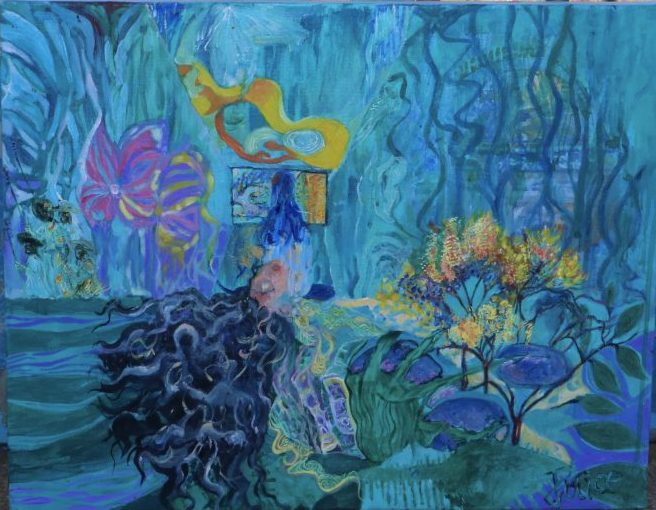Portfolio WEEK2 Farah Mulla #Ins Element2

Farah Mulla is an artist based in Mumbai and Cambridge. Her artwork explores the varied possibilities of human experience in relation to time, space, the visual and the aural. Mulla’s background in science is not only reflected in her approach to her practice but also in her experimentation with different media – from installations to sound recordings. Excited by the varied possibilities of the listening experience her work often tries to bring the viewers attention to the aural through multiple modes of perception.
Some of her works in 2012 include: Silence in Noise, Are you Confused Enough?, Simultaneous Performance of Different Interpretations, A Voice in Vision and The Coslettoscope. Group exhibitions include: Mask Factor, Bajaj Art Gallery, Mumbai (2011-‐12) and Art Plaza, Jehangir Art Gallery, Mumbai (2011).

https://farahmulla.wixsite.com/farah-mulla-/allegory
Listening allows us to concentrate on the hidden aspects not apparent in what we see and the way language structures our world. The soundscape treats the auditory environment as the primary focus and content of a composition, balancing ambiguously between representation and abstraction. The listener, by engaging with the sounds, creates a mental image of the landscape based on the interplay of time and space, suggesting that reality is multifaceted and challenges the idea of a single, defined reality. Periodically, the composition incorporates abstract sounds, which, despite their origins in the environment, eventually return us to a recognizable context. The recordings prompt us to consider culture as an unseen force, a simultaneous and concealed movement of sound, emphasizing actions and interactions over tangible objects and visible connections. These recordings evoke emotions, experiences, and memories, encouraging the listener to construct a personal narrative, a capability that words and images cannot replicate. I am interested in her work Allegory, because we shared the same idea on “visiting”and”listening” to diverse regions with raw field recordings. And I found catching the viewers’ attention through the visual materiality of QR codes, which work as a key to the sounds ephemeral invisibility was a really intriguing parts of building up the connection between the artist and the listeners.
The recordings offer an alternative perspective on the landscape and how consequently we could validate the reality of sound’s invisible formlessness in relation to the visible and formed actuality of the world.
